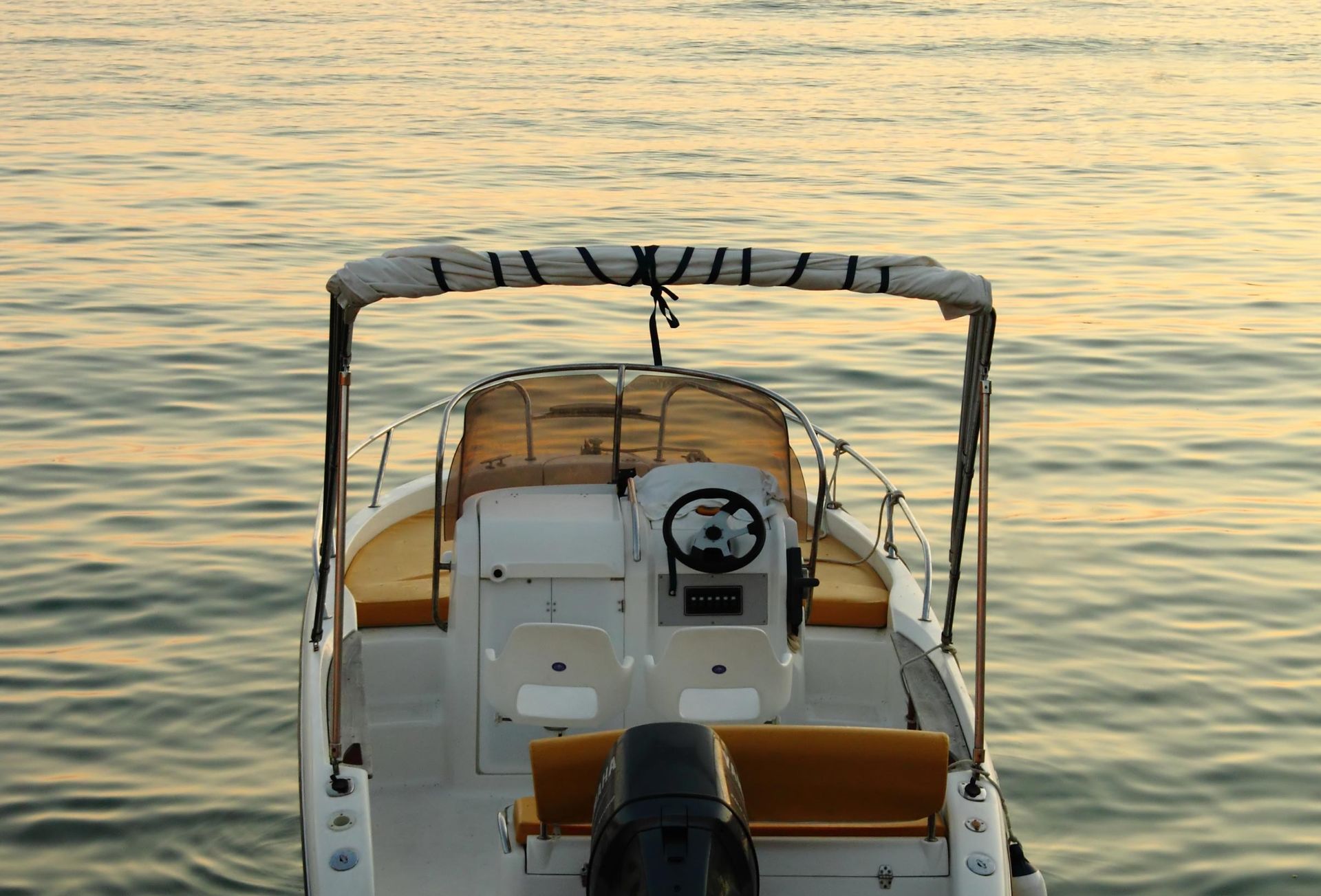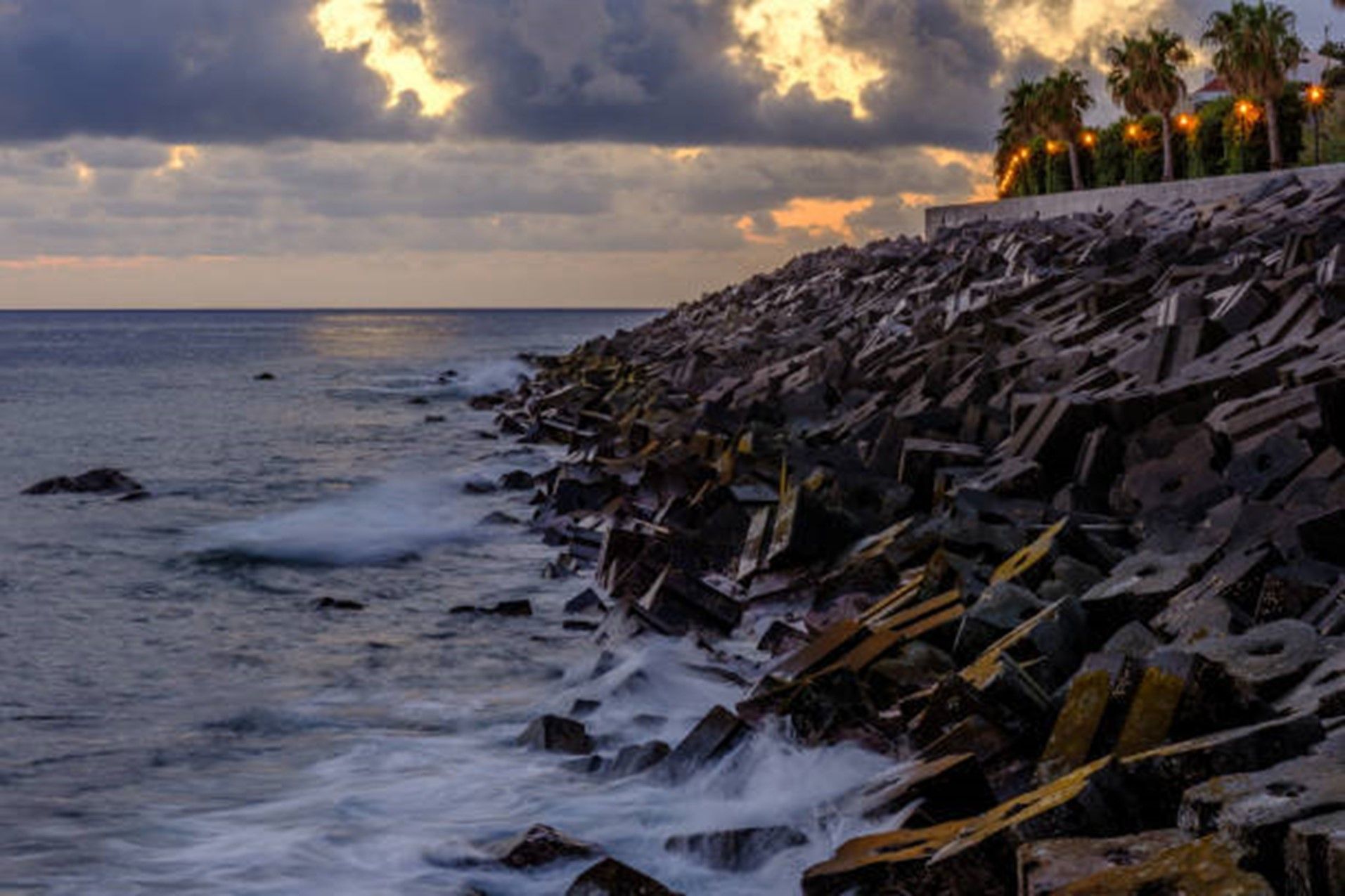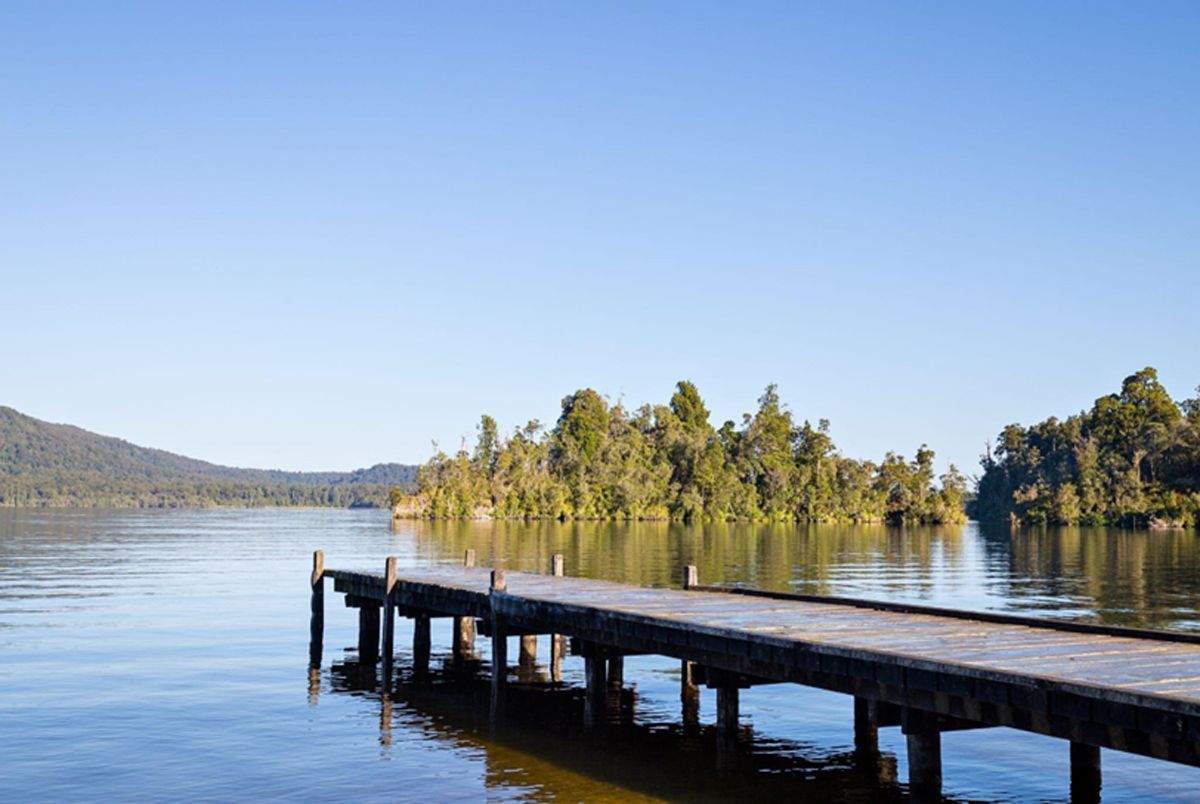4 Ways to Build Boat Storage Tough Enough for Hurricanes

Make an Easy Escape
Raise the Pilings High
Give the Slip Some Space
Have Ground Tackle Investigated
Every year before hurricane season, have your ground tackle inspected. Replace or lengthen any mooring pennants that are not adequate for storm surges.
Consider having helical anchors installed as permanent moorings. Helical moorings must be screwed into the bottom with a special technique and tools. Helical moorings have held at 12,000 and 20,800 pounds of test pull before a shackle.
So no one knows precisely how strong a helical anchor is. Experts do know it is far stronger than a 500-pound mushroom anchor buried in the bottom. The mushroom anchor can only withstand 1,200 pounds of force before being pulled free.
Trust Edgewater Marine Construction, Inc. to install your dock, boat slip, pilings, bulkheads and more. We also build secure boat houses including platform lifts for the ultimate in hurricane protection for your vessels.





